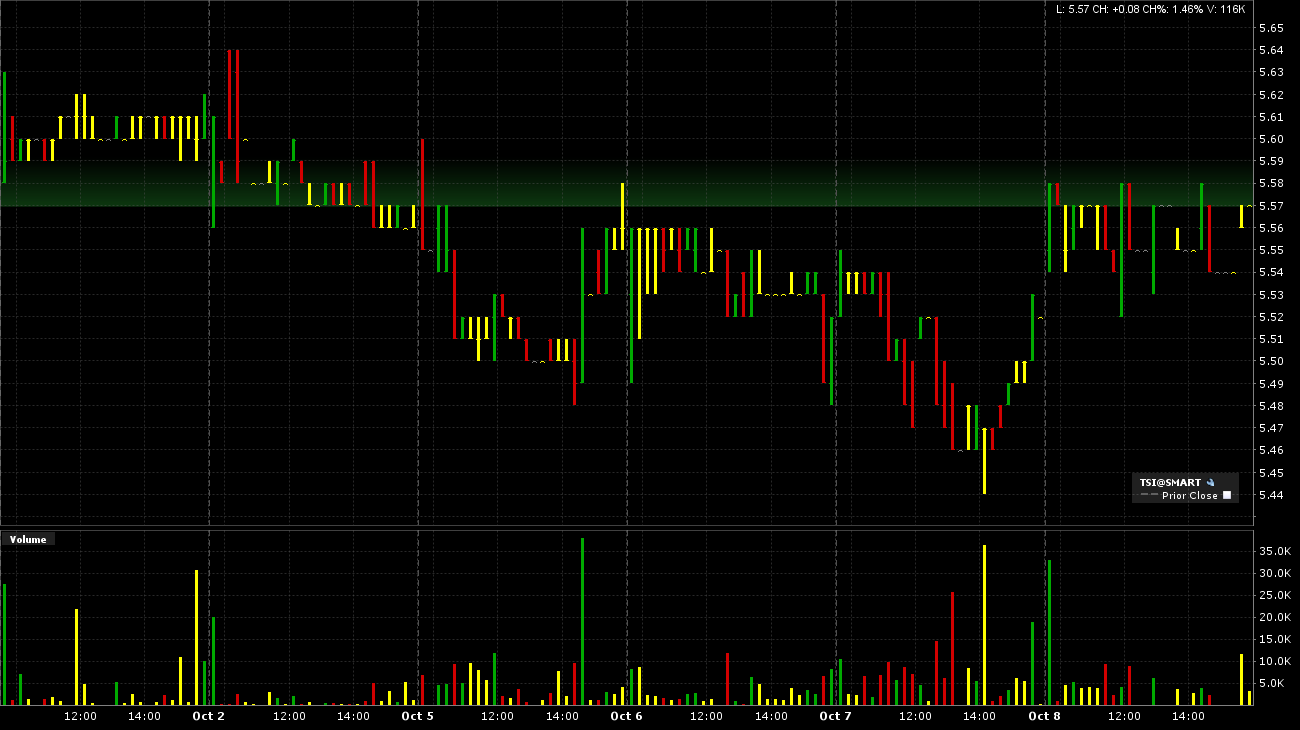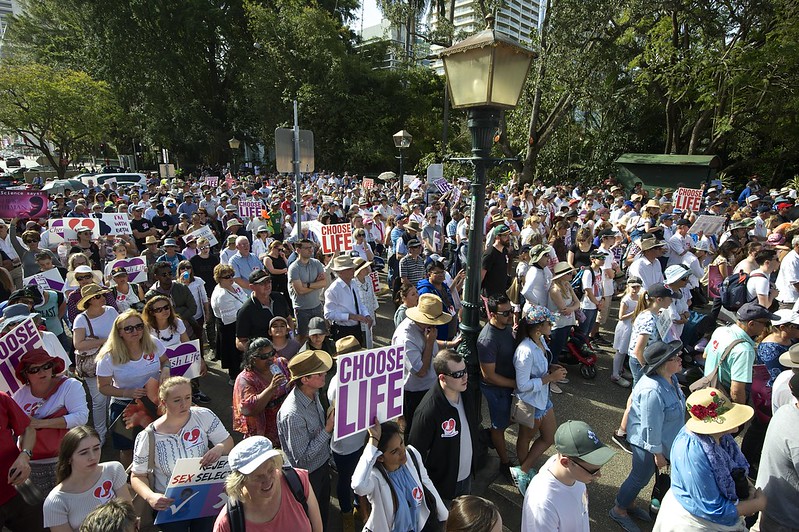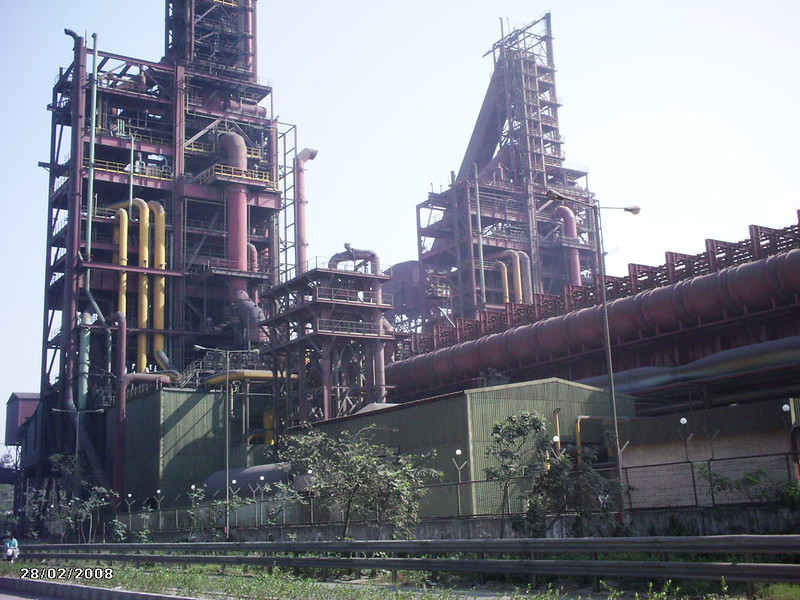The Rules, Part LXVIII
Picture Credit: m.robersonart || “When You Come to a Fork in the Road, Take It” attributed to Yogi Berra
Limit the timing of a person’s choice, and the person will think about choosing.
In 1992, I went to work in the Pension Division of Provident Mutual. It was a time of change as more and more pensions were being structured as defined contribution [DC] plans. Old products structured for defined benefit [DB] plans were being replaced at a slow rate. Immediate Participation Guarantee products were giving way to Guaranteed Investment Contracts, which would quickly give way to Synthetic Guaranteed Investment Contracts.
And for variable accounts, insurers were trotting out separate account products to try to challenge mutual fund companies as they competed for the business 401(k)s and other DC plans. Now old methods die hard. Many of the group annuities marketed to DC plans still had DB style features, which limited the number of times NAVs were calculated, and/or trading from one fund to another, which could only happen when NAVs were calculated.
As time went on NAVs were calculated with greater frequency, moving from annual, to quarterly, to monthly, to daily. Trading ability moved in lockstep, though some firms limited the total number of trades in a year that any participant could make.
And then a strange thing happened. When it was annual many people traded on the day it could be done. Moving to quarterly and monthly, not only did the percentage of people trading drop, the absolute amount dropped as well. Moving to daily, it was almost like people stopped trading. Because they could do it at any time, they stopped worrying about it and did not trade much until a panic hit. (Aside: when it moved to daily, a small group of people did trade frequently, but the grand majority would do nothing, or maybe do one rebalancing trade per year if they were disciplined.
Now, this applies in a number of other areas. Often companies want people to forget that they are paying them for service. This applies to many financial products where fees are paid on a daily basis. It’s tiny on any given day, but adds up over time. If a financial advisor offers direct billing, it is definitely more noticeable when you pay it quarterly.
Other companies want you to pay them on an auto-renewing basis. They may even offer a discount for doing it. I don’t like auto-renew, and so if I do it, I put a tickler note on my calendar to consider non-renewal one month before renewal.
Other companies want you to pay automatically from your credit card or bank account. They don’t want you to think about the money you are sending them. Even though it is a minor hassle to write checks for things, paying for them personally makes you think about the product or service, and whether you think you are getting value for your money.
Service contracts for HVAC equipment can be like that as well. Any sufficiently complex service has some stickiness to it, and you have to plan in advance to replace it. Notes in the tickler file help to get you ready for the renewal dates. This year, for the first time in 10 years, I bid out my E&O coverage. And as I have said before:
“For those that are short on time, my basic advice is this: bid out your auto, home, umbrella and other personal lines property & casualty insurance policies once every three years, or after every significant event that changes your premium significantly.”
Bid Out Your Personal Insurance Policies!
The insurance companies count on the fact that you are asleep to raise your rates at renewal. And, for those that buy deferred annuity products (don’t do it), I can tell you that agents keep their own tickler file of the date that the surrender charge goes to zero. Then they call the policyholder up, saying they have a much better policy for them. I can tell you that the single most important factor in annuity surrender is the end of the surrender charge period. In the two years following it going to zero, 30-40% will surrender, and go to a new annuity, where they are locked in for another surrender charge period. The only winner is the agent. Both the policyholder and company would be better off if they didn’t surrender.
But life insurance products are sold, not bought, for the most part. The policyholder is probably better off saving something, rather than not saving.
My simple advice to you is take a look at your finances, and think about the places where you money is leaving you quietly. Then make a plan to evaluate every every product and service that is auto-paid, and ask whether you can do better — lower cost, better quality, or even “I don’t need that anymore.” Sometimes you might even find fraud. If you aren’t thinking, and defending your finances, product and service providers will find ways to quietly take advantage of you. Don’t be an easy target.













